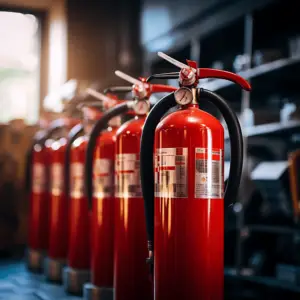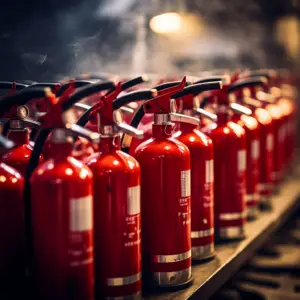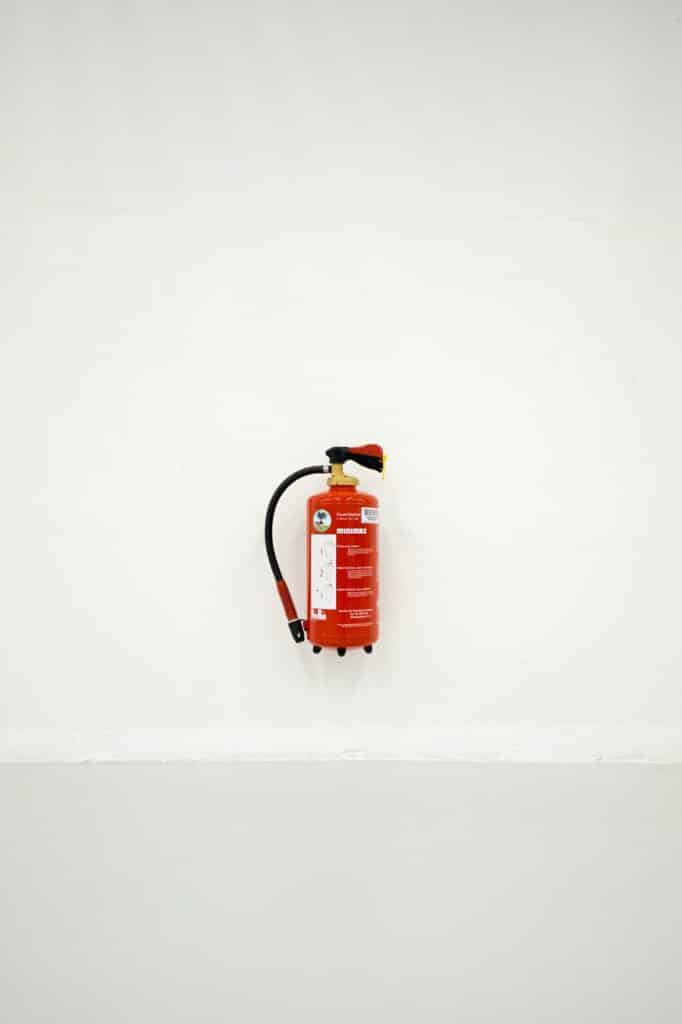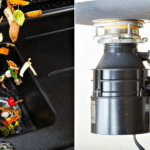Fire safety is important in work, home, public, and transit hubs. Any site can catch fire, so beware. Many fire safety standards exist to avoid fires, but knowing what to do and why is crucial in the event of one. The first stage of a fire is the most crucial for public or residential management.
If a fire feels too big to put out, it probably is, so let Fire and Rescue handle it. Flares can grow too quickly depending on the fuel source, amount, and location. The best way to put out a tiny or new fire is with a fire extinguisher.
Most buildings need fire extinguishers and other fire protection equipment in easy-to-reach places. If you want to put out a fire fast and without causing extra damage, make sure your fire extinguisher is suitable for the fuel. Each fuel type is categorized, and the appropriate fire extinguisher is shown.
Table of Contents
Classifications of Fuel and Fire

There are different categories of fuel which are;
- Class A
These are solid combustibles that are not metallic. They are expected to burn leaving only ‘Ash’ hence the ‘A’.
- Class B
These are non-metallic flammable fluids. They include oil, grease, acetone kerosene, gasoline, and natural gas. These are fluids that ‘Boil’ or ‘Bubble’ hence the ‘B’
- Class C
This category refers to an electrical fire from energized electrical equipment burning or causing a fire. This is a fire that involves electrical ‘Current’ hence the ‘C’
- Class D
These are combustible metals such as sodium, potassium, and magnesium. These fuels are not found in typical homes and workplaces.
A class D fire is more likely to be found in factories, large industrial centers, and specialized laboratories. They take specialized extinguishers to put out and these would not be found in normal civilian areas.
A fire extinguisher should be labeled appropriately and before using an extinguisher, ensure you have checked the labeling.
Types of Fire Extinguishers
- Water or water spray. These are also called APW or Air pressurized water. They dispense water under high pressure and are only suitable for class A fires.
- Carbon-dioxide extinguishers. These put out fire by dispensing highly pressurized carbon dioxide gas, depriving the fire of oxygen which is needed for combustion. These are BC fire extinguishers so they are indicated for class B and C fires.
- Dry Chemical extinguishers. These extinguishers dispense a dry powder that coats fuel separating it from fire and oxygen thus putting it out. They may be indicated as ABC or BC extinguishers.
- Wet chemical extinguishers. These are indicated for use in class A and B fires. They cannot be used in an electrical fire since one of the components is water.
- Foam extinguishers. These are commonly used for class A and B fires with a few being indicated for use in class C fires. Even with class B fires, there are limitations since grease and gasoline may react with some of the chemicals in foam creating gases that could be toxic.
ABC vs BC Fire Extinguisher
The most common fires in civilian populations are the first three, class A, B, and C fires. An extinguisher labeled ABC is indicated for class A, B, and C fires while a fire extinguisher labeled BC is indicated for class B and class C fires. The fact that there are different types of fire extinguishers may not be an advantage especially at the critical moment when a fire occurs.
A fire extinguisher should be a tool of convenience that is readily dispensible to deal with fire because regardless of the fuel, the fire will grow, cause destruction, and threaten lives.
In a mass panic, a fire extinguisher that can put out any fire is better than multiple ones that must be reviewed.A multipurpose extinguisher is better than one that can’t save lives or property.
For class A, B, and C fires in particular, where the first response is likely by a civilian it would be pointless to have a water extinguisher you cannot use to put out a grease fire for example but it would be effective if the fuel had been wood.
ABC Vs BC Dry Chemical Extinguishers
 ABC extinguisher
ABC extinguisher
This is a multipurpose extinguisher containing ammonium or mono-ammonium phosphate mixed with other dry powders to increase bulk and power.
These extinguishers are slowly being adopted across the board to replace most if not all extinguishers for class A, B, and C fires in civilian spaces.
They are the best option for the following reasons:
- They are versatile since they can be used for all likely fires in civilian occupations.
- They are highly effective against fire.
- They are much cheaper to produce than any of the other options.
- The clean-up process is easy once the fire has been dealt with since the powder does not bind to items or create new compounds and mixtures that are difficult to clear out.
BC extinguisher
These contain a sodium bicarbonate-based powder that is commonly known as standard powder and is unsuitable for class A fires. It was widely used before the ABC formula was created and is slowly being phased out in favor of the ABC powder.
In the near future, BC extinguishers may be a thing of the past since they are now redundant.


